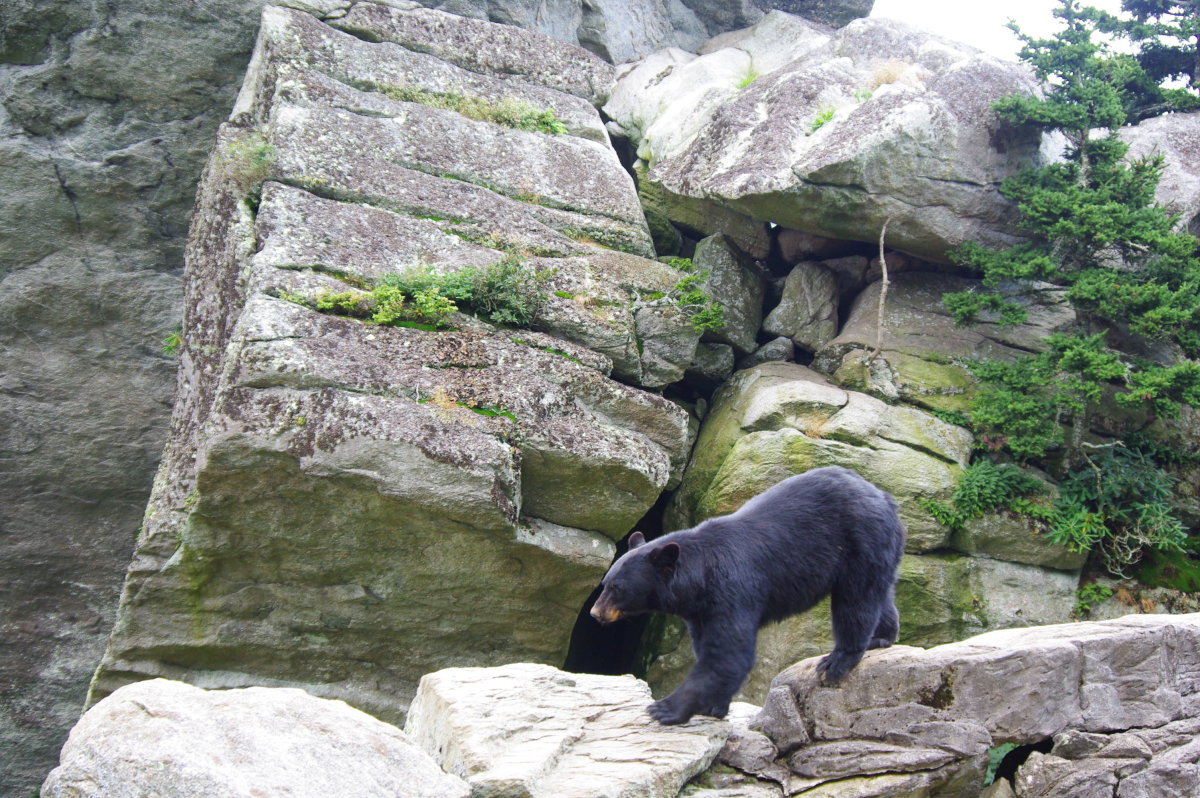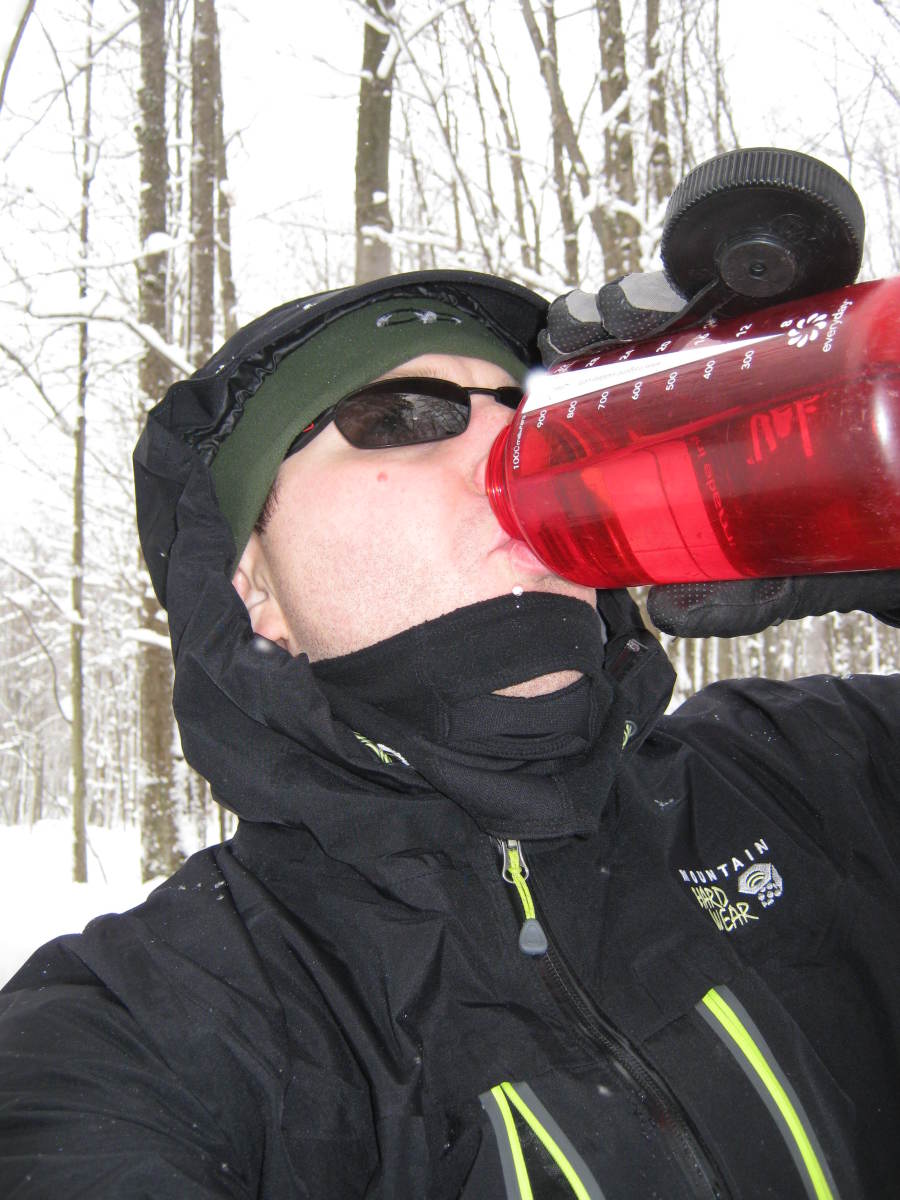Building a Dakota Fire
Fire is the most important comfort and requirement while surviving in the outdoors. When I was active in the Boy Scouts we were taught many techniques of fire building and the one I found the most interesting was the Dakota fire. Origins of this style go back to the days of the unsettled frontier of the United States. The stories surrounding the Indians and frontiersmen have always drawn my curiosity. The everyday life and death struggles with just the basics of living, such as warmth and cooking food, which we take for granted today, were a major concern of these people of that time period. The fact that they came up with this technique to provide warmth and a cooking fire and yet provide concealment for their security is simply ingenious. The Air Force instructs its pilots, to this day, with this type of fire building to elude capture should they be shot down behind enemy lines.
A few items will be needed before construction of the fire can begin, and they are as follows:
-- A knife or small shovel for digging a hole in the ground.
-- Dry tender, which is grass, bark, small twigs or paper.
-- Dry kindling, which is heavier or thicker twigs, heavy cardboard.
-- Dry fuel wood, which are branches or logs.
-- Matches, lighter or flint stick.
Try to locate an area, reasonably close to the intended shelter, where the soil is easy to dig.
Using the digging tool of choice, create a hole approximately a foot deep and ten inches in diameter removing the dirt as you go.
On the windward side of this hole, and about a foot and a half away, dig a slanted tunnel approximately the diameter of your arm towards the bottom of the original hole, taking care to remove all loose soil from the tunnel and the adjoining hole. The end result will be a wide v shape and this will provide the fire with the needed oxygen and air flow.
Now, place a small pile of tender in to the bottom of the hole with a few twigs, kindling, over this pile in a teepee shape.
Using the matches or lighter ignite the tender and wait for the fire to gain strength.
Once the fire gains strength more kindling can be added and, in turn, once the kindling has begun to burn easily heavier fuel wood, tree branches, can be applied to the fire.
Now that the fire is burning, only periodic tending of fuel wood is needed to keep the fire going. The tunnel that was dug provides sufficient oxygen and air flow so that the fire continues to burn.
Fire making is not rocket science, so depending on the situation, different techniques are often interchanged and materials for fire can be whatever is on hand. The important thing to remember is to use the smallest and easiest material to ignite and slowly build up to the heavier fuel source. The ultimate goal is to create fire for warmth and cooking.






